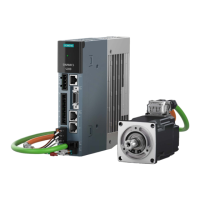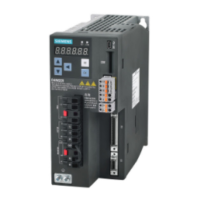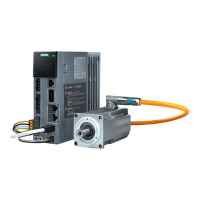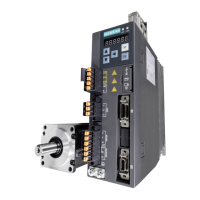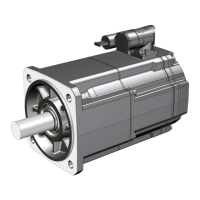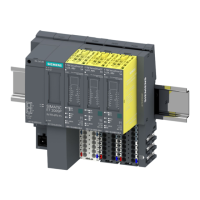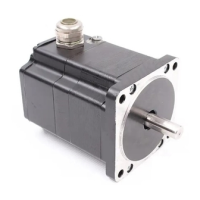In theory, frequency width of the inside control loop must be wider than that of the outer
control loop; ot
herwise, the whole control system might vibrate or show low responsiveness.
The relationship between the frequency widths of these three control loops is as follows:
Current loop > speed loop > position loop
11.3.2 Servo gain adjustment
Overview
You can set the loop servo gains in the control loops to optimize the responsiveness of a machine.
The servo gains are set through a combination of parameters. These parameters inuence
each other so you must consider the balance between the set values when tuning.
Description of function
Generally, the responsiveness of a machine with high rigidity can be improved by increasing the
servo gains; however, if the servo gains of a machine with low rigidity are increased, the
machine may vibrate and the responsiveness cannot be improved.
Since the current loop gain is automatically set by the system according to the detected
motor data, you can adjust the following control parameters for servo gain adjustment:
• Position loop gain
The position loop gain directly inuences the responsiveness of the position loop. If the
mechanical system does not vibrate or produce noises, you can increase the position loop
gain to increase the responsiveness of the position loop and shorten the positioning time.
• Position loop feed forward gain
You can slowly increase the position loop feed forward gain to increase the responsiveness
and reduce the position deviation.
An inappropriately high position loop feed forward gain may lead to overshoots in the motor
speed and a repeated ON/OFF switch of the digital output signal INP.
• Speed loop gain
The speed loop gain directly inuences the responsiveness of the speed loop. If the
mechanical system does not vibrate or produce noises, you can increase the speed loop gain
to increase the responsiveness of the speed loop.
• Speed loop integral time
With the integral component added to the speed loop, the converter can eliminate the
steady-state error of speed and respond to small speed changes.
If the mechanical system does not vibrate or produce noises, you can decrease speed loop
integral time to increase the system rigidity.
For mechanical systems with a resonance factor or a high load inertia ratio, you can increase
the speed loop integral time to suppress resonance.
Parameters
The following list includes the parameters of the "Servo gain adjustment" function.
Tuning
11.3Manual tuning
SINAMICS S200 PROFINET servo drive system with SIMOTICS S-1FL2
416 Operating Instructions, 11/2023, FW V6.3, A5E51646752B AB
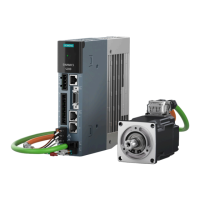
